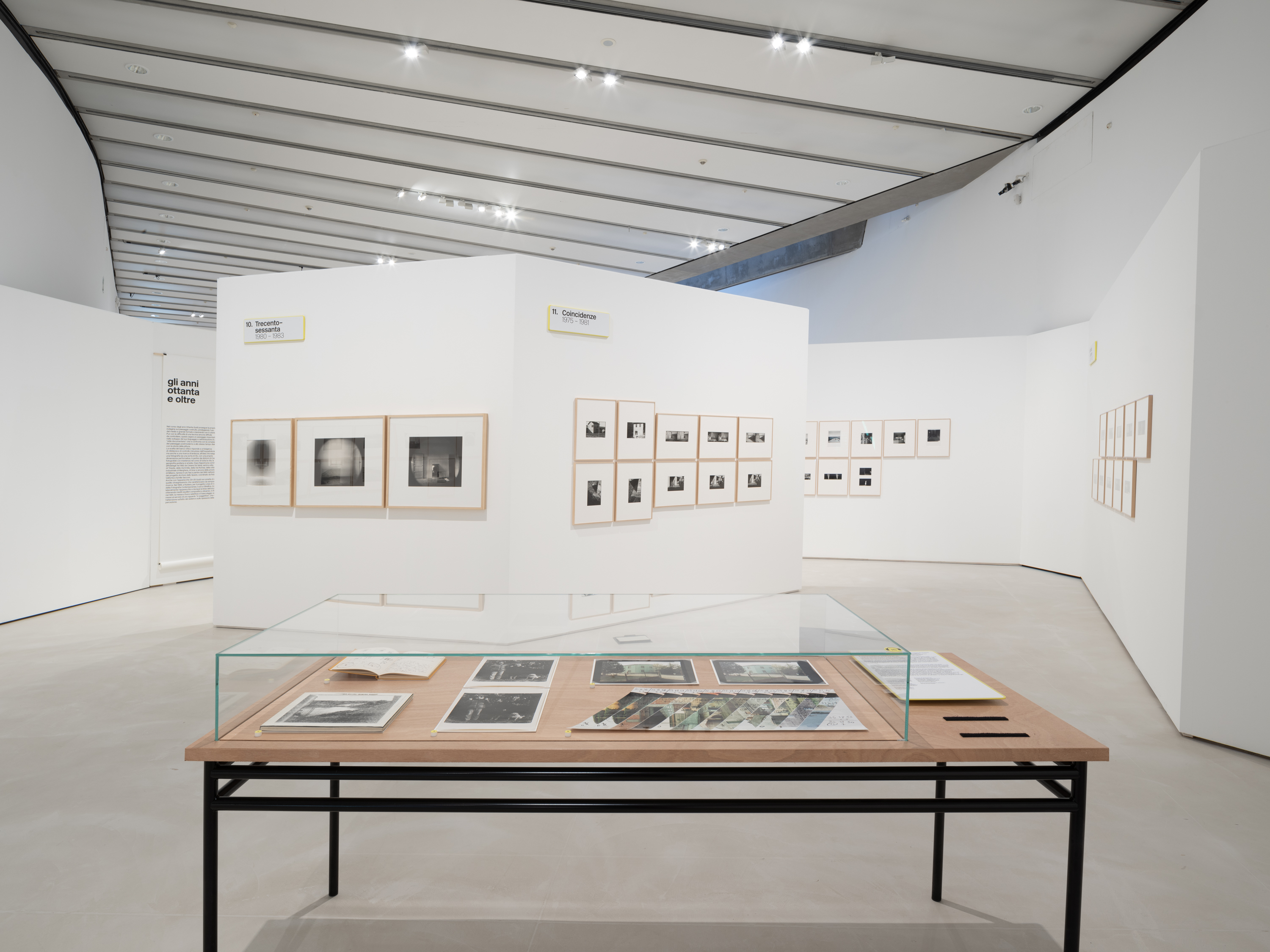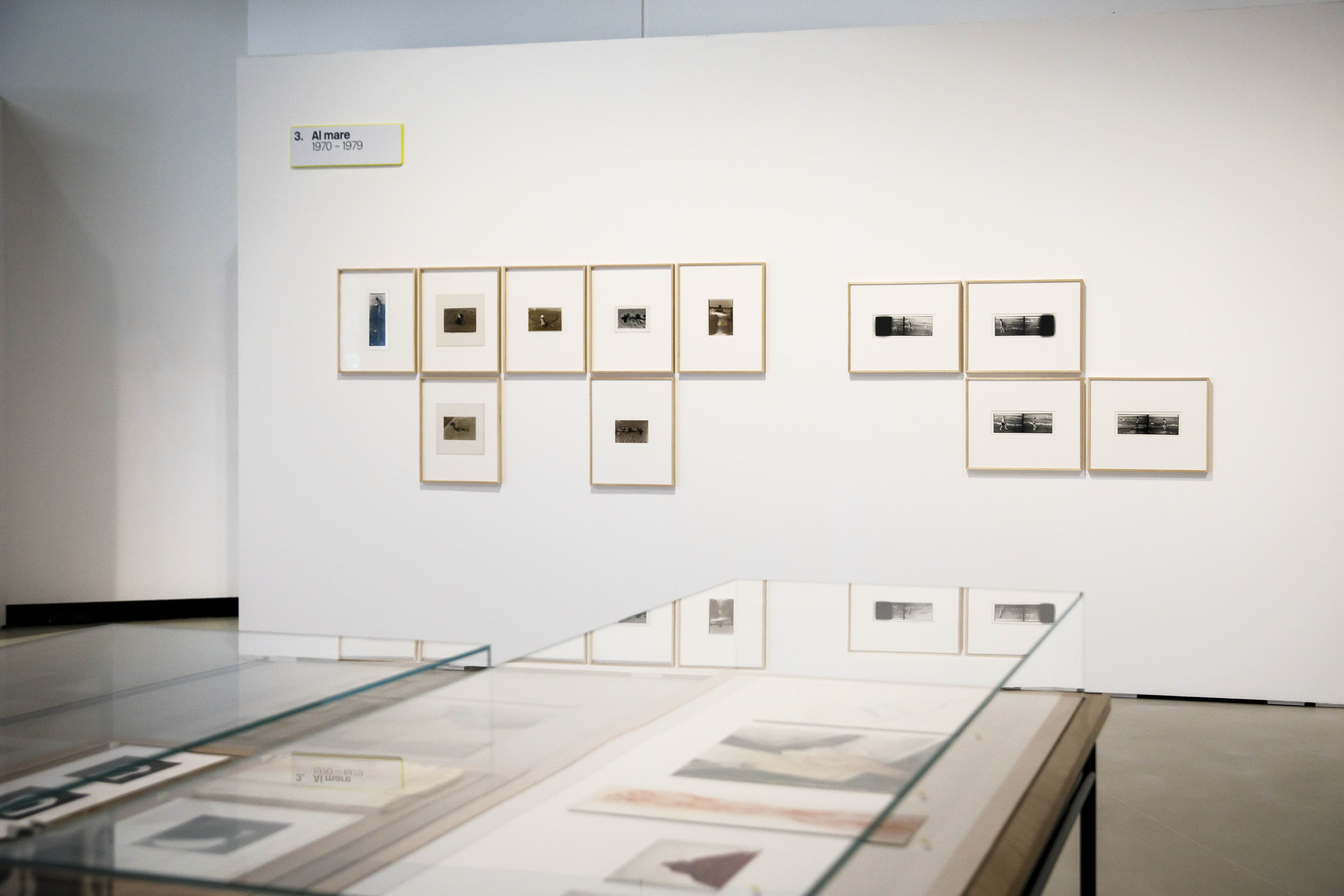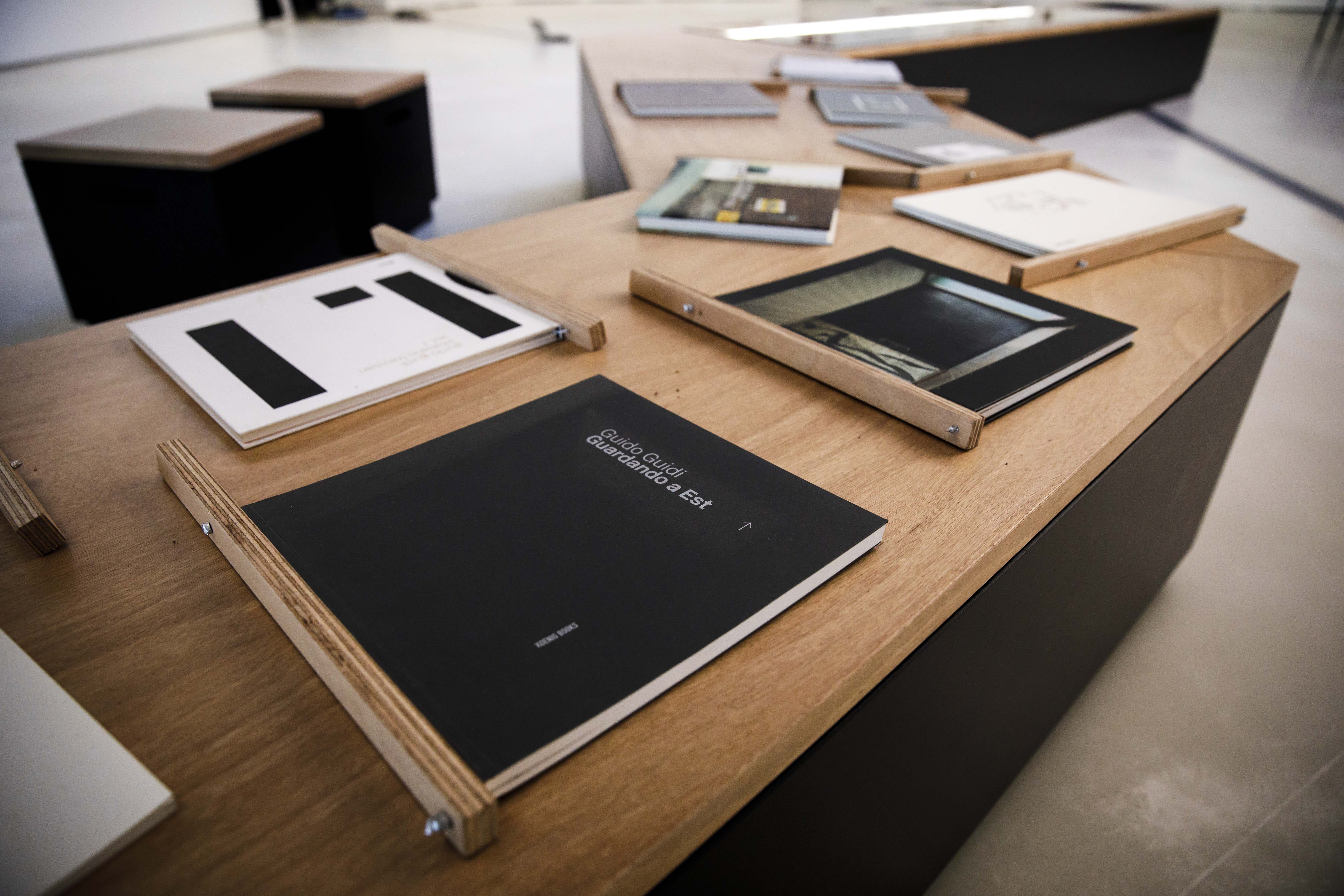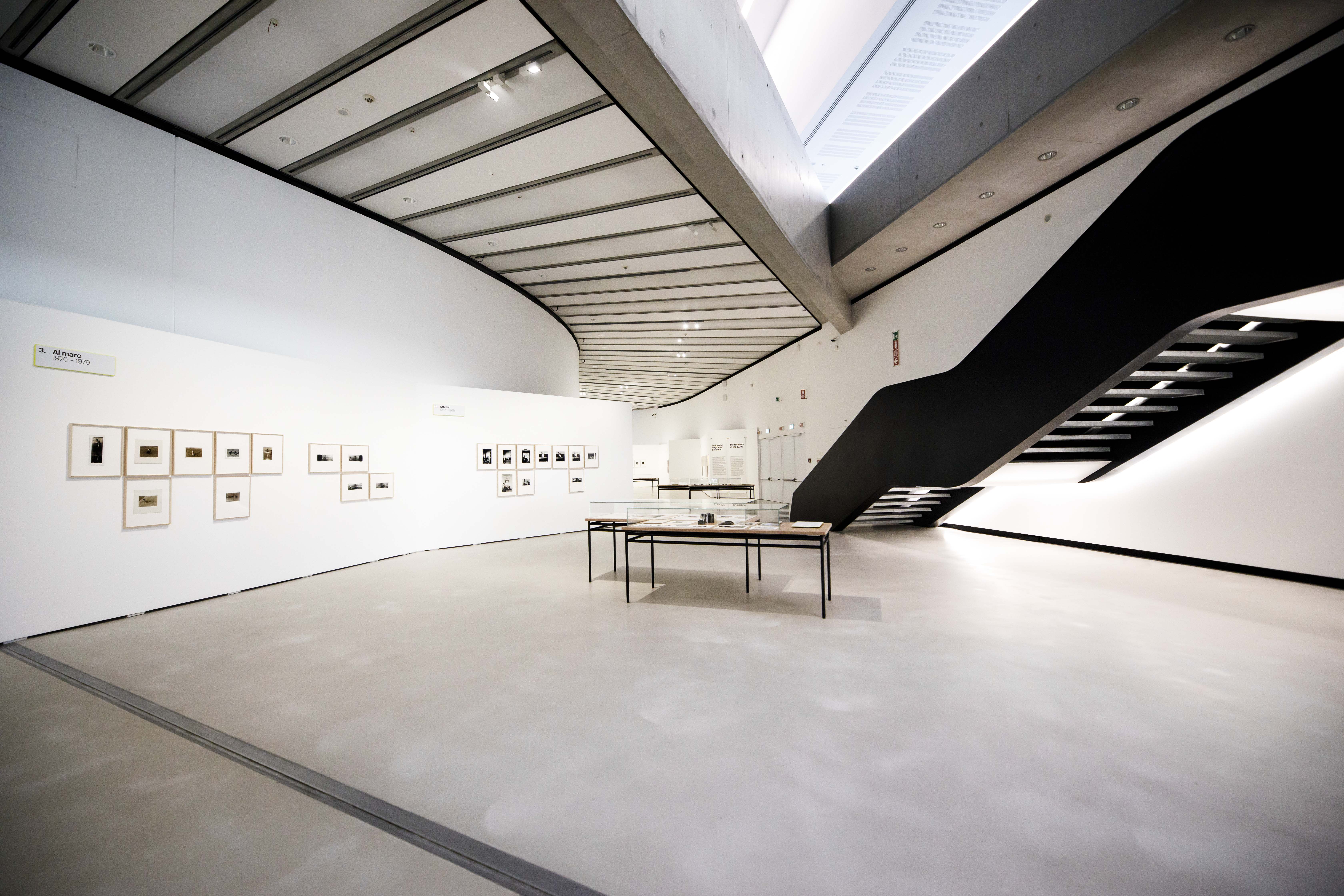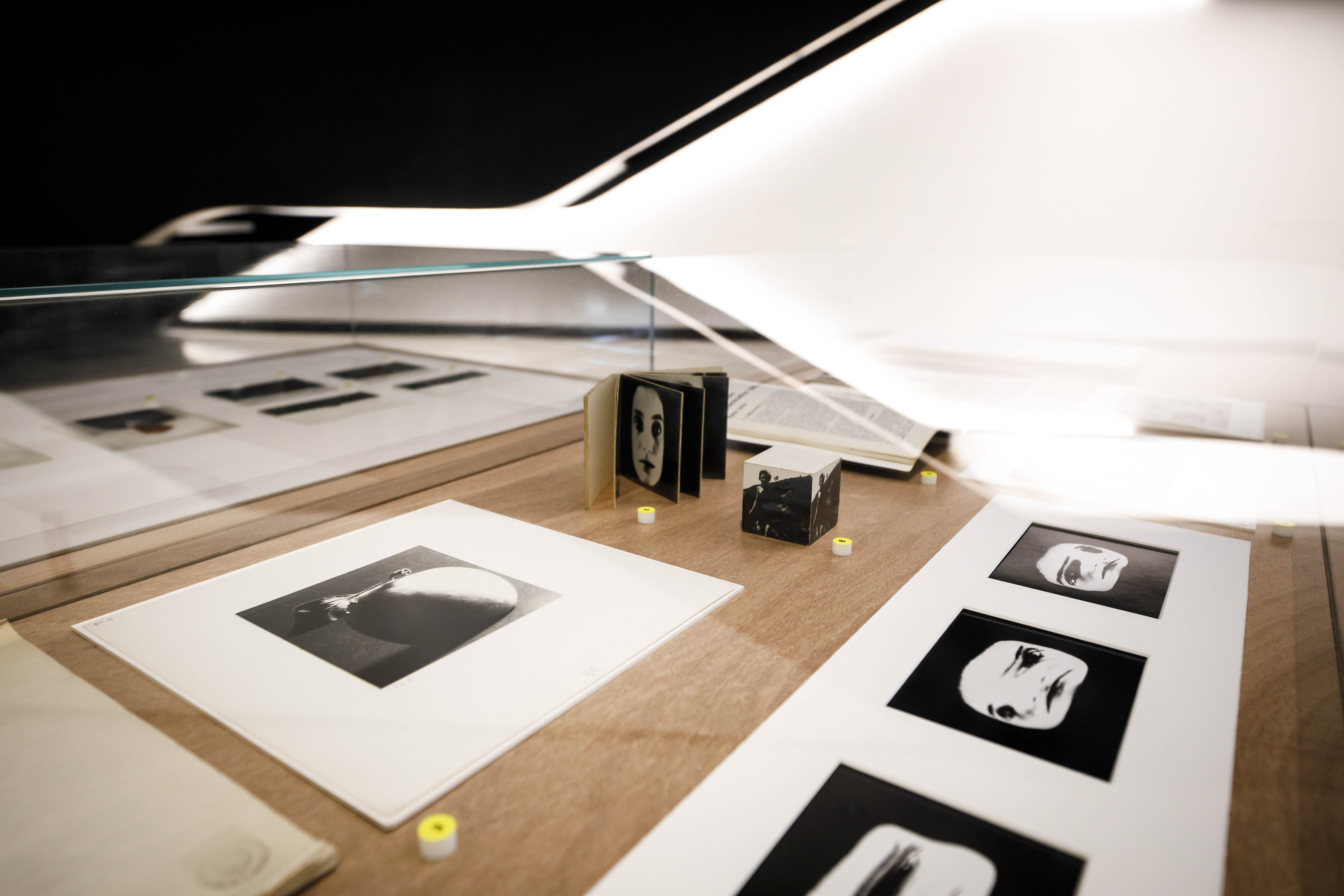Guido Guidi: Col tempo, 1956 - 2024
MAXXI - Museo Nazionale delle Arti del XXI Secolo
13.12.24 — 20.04.25
curated by Simona Antonacci, Pippo Ciorra, Antonello Frongia
in collaboration with Archivio Guido Guidi
and with CCA – Canadian Centre for Architecture, ICCD – Istituto Centrale per
il Catalogo e la Documentazione
sponsored by Ghella
Ghella supports the arts as sponsor of the exhibition that celebrates the extraordinary career of Guido Guidi, one of the leading figures in contemporary Italian photography, spanning nearly seventy years of artistic achievement. Showcasing over 400 images, it offers a poetic and thought-provoking exploration of how landscapes transform and time unfolds.
Guido Guidi. Col tempo, 1956–2024 is the title of a monographic exhibition dedicated to one of the foremost figures in Italian photography, Guido Guidi (Cesena, 1941). Guidi belongs to a generation of artists who have redefined our relationship with the contemporary landscape. Open to the public from 13 December 2024 in Gallery 1 of the MAXXI, and realised in collaboration with the Guido Guidi Archive, this is the most extensive exhibition ever dedicated to the artist. It is the outcome of rigorous research carried out alongside Guidi in his studio and archive in Ronta di Cesena. The exhibition unfolds along two intertwined paths: the vertical display of photographic prints—featuring over 400 works, including numerous unpublished pieces, arranged in 40 sequences by the artist—and the horizontal narrative of archival materials presented in display cases. Organised chronologically, it revisits Guidi’s principal series, from his early experiments in the 1960s and 1970s, to his personal explorations and commissioned projects on the landscape in the 1980s and 1990s, and finally to his most recent works of the 2000s. Guidi’s scholarly approach to visual language has shaped a poetic vision that stands among the most influential in contemporary photographic culture. Through his work, he examines the core issues of visual representation, with each image reflecting on the act of seeing, the medium used to capture it, and the passage of time. Whether focusing on a fragment of the familiar landscape, the architecture of renowned masters, or his dual roles as photographer and educator — roles that have earned him the title of “master” across generations — Guidi’s work resonates deeply. The exhibition, developed in partnership with esteemed Italian and international institutions such as ICCD and CCA, offers a unique perspective on Guidi’s research through his archive: a home, studio, workplace, and gathering point for young artists. Adding to the display is a multi-channel video project by filmmaker Alessandro Toscano, which explores the making of the exhibition and offers a visual interpretation of Guidi’s research and methodology.
Guido Guidi, Tomba Brion, San Vito di Altivole, 2007, © Guido Guidi, Collezione Fotografia MAXXI Architettura e Design contemporaneo
Guido Guidi, Cittadella, 1984 © Guido Guidi
Guido Guidi, Venezia, 1974 © Guido Guidi
The exhibition begins with the Preganziol series, a manifesto of Guidi’s thought, followed by a video installation created by Alessandro Toscano during the preparatory phases of the exhibition. This offers a visual interpretation of Guidi’s creative and material universe, told through his house-studio-archive in Ronta di Cesena. The exhibition unfolds like an extended “Leporello book,” divided into five sections presenting 40 photographic sequences curated by Guidi himself. These range from his early interest in photography in the mid-1950s to the series from the 1970s, where he continued his exploration of the medium and its language through two distinct paths. On one hand, Guidi used small-format cameras to photograph his personal microcosm; on the other, influenced by Walker Evans, he began his study of façades, focusing on the ordinary architecture of provincial towns. In the 1980s and beyond, Guidi favoured medium- and large-format cameras, systematically incorporating colour. Starting with the outskirts of Cesena, his geographical scope expanded — from Romagna to the Via Emilia, the rest of Italy, and even international projects like his journey along the B1 highway in Europe. A section dedicated to architecture and urbanism highlights Guidi’s study of architectural masters, described as an exercise in “learning by entering into the architect’s mental process.” Particularly noteworthy is his project on Carlo Scarpa, in which Guidi documents the Brion Tomb with unique sensitivity, capturing configurations of material and light that reflect the architect’s vision.
The final part of the exhibition returns to the archive, conceived as a workshop, a place of research, work, and interaction with colleagues and younger authors. The concluding series, Raccolta Indifferenziata, assembled by Guidi for this exhibition, and In Archivio, created in 2024 for the MAXXI, represent the most recent testimonies of Guidi’s radical and coherent vision, which has celebrated the “thought” of photography for over sixty years. The wall-mounted sequences interact with supplementary materials presented in a series of thematic display cases. Visitors are welcomed by a long bench-library showcasing Guidi’s relationship with the book as an object, featuring a selection from his library as well as artist books available for browsing. The journey continues with “exercises in the grammar of photography” from the 1970s, studies of masters like Walker Evans and Carlo Scarpa explored through valuable handwritten notebooks, reflections on the camera as a tool with its own “intelligence,” and Guidi’s teaching approach, where his lessons take the form of free paths of meaning through images. These lessons include formal analyses, hypotheses of iconographic readings, comments, and quotations, where the photographer articulates the workings of his cherished visual themes. The CCA was invited to explore its relationship with Guidi, while the ICCD in Rome presents a case study addressing the role of the photographic archive in an artistic practice rooted in a continuous reflection on method and language.
Guido Guidi. Col tempo, 1956-2024. ph. Musacchio, Pasqualini & Fucilla / MUSA. Courtesy Fondazione MAXXI






